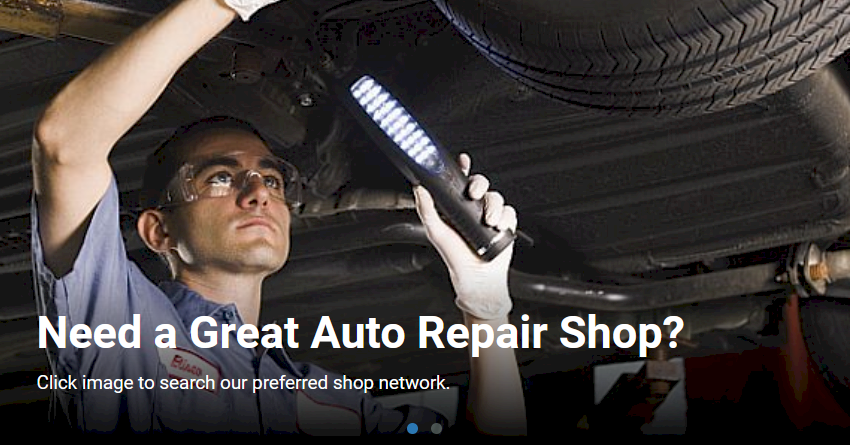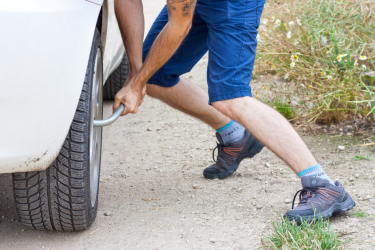Full-Size Spare
While a full size spare is heavier and requires more space for storage, these tires are more durable and are capable of driving like a normal tire. However, you are still going to want to buy a new tire as soon as you can afford to because the spare might not be the same as the other three tires and can handle differently.
Run-Flat Tires
These types of tires are becoming more common because manufacturers are realizing they cost less to maintain than traditional tires. While they are tougher than most tires, they’re not designed to last forever. Rather than including a spare tire in the vehicle, run-flat tires are built to tolerate most road hazards and punctures. Instead of going flat or blowing out (like traditional tires), a run-flat tire can continue to drive after a puncture for about 50 miles before needing to be replaced. The downside to these tires is that they cost more to replace than traditional tires.
Get your car to a repair shop
Getting your vehicle to a trustworthy repair shop is vital! Depending on the type of spare tire that is in your vehicle, you might not have too long to drive safely on it. Regardless of the type, your spare tire will need to be replaced sooner rather than later. Taking care of your tires, having them rotated,or getting wheel alignments could increase the use of your tires.
When you find yourself with a tire predicament, call us here at Good Works Auto Repair and one of our expert technicians will have you back on the road in no time!
Click Here for more information about Good Works Auto Repair


























